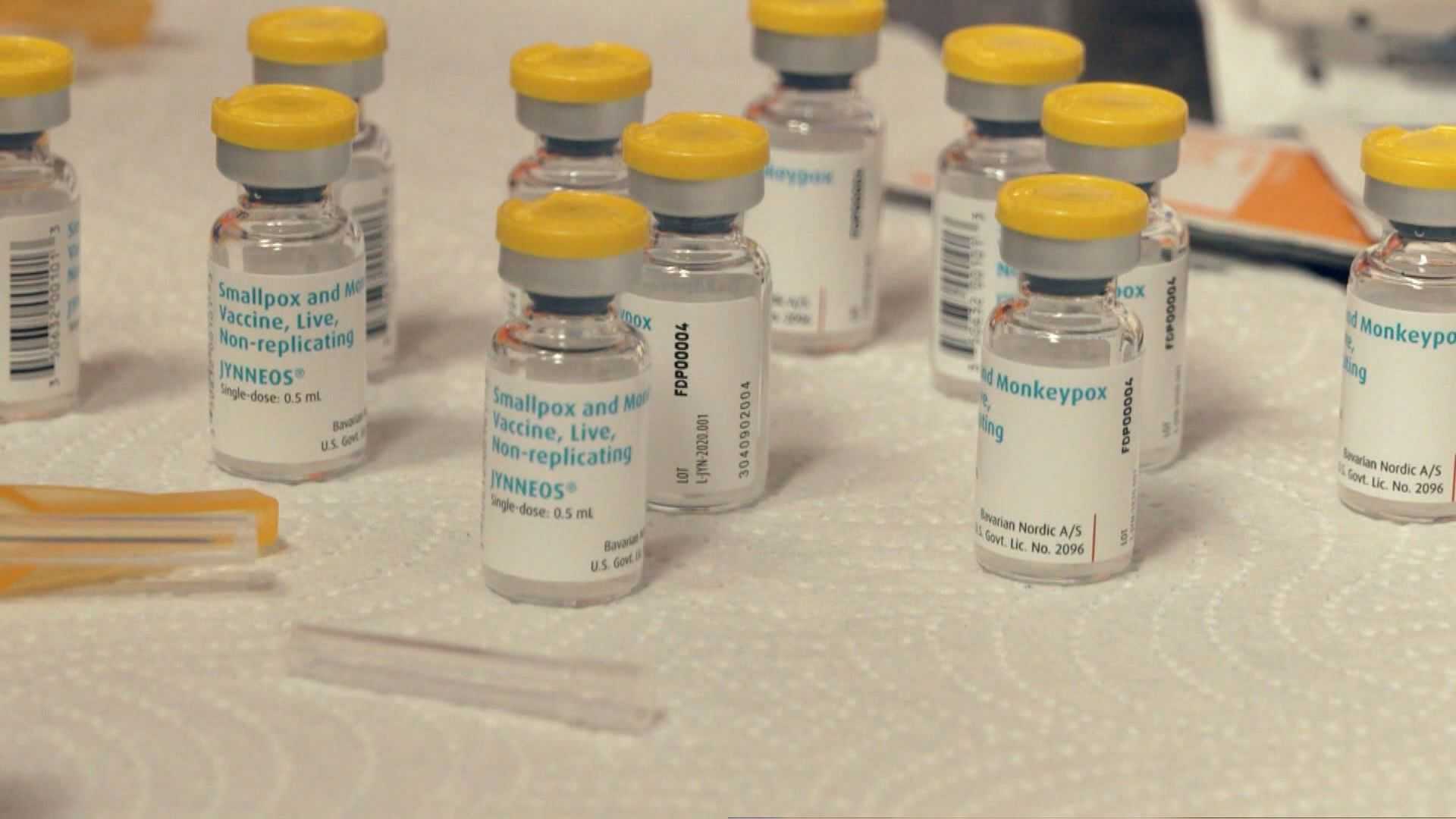Health
First Human Rabies Case in Ontario in Nearly 60 Years

An Ontario resident is currently hospitalized after testing positive for rabies, marking the first confirmed human case in the province in almost six decades.
The Brant County Health Unit reported that the individual was likely exposed to the virus while in the Gowganda area of the Timiskaming region. Rabies is a severe viral infection that leads to inflammation of the brain and spinal cord, typically transmitted to humans through the saliva or mucus of infected animals, such as bats, skunks, foxes, or raccoons.
This case is particularly notable as there has never been a confirmed rabies case among Brant County residents until now. According to data from the World Health Organization, there have only been 26 documented human rabies cases in Canada since 1924, with the last case reported in 1967.
Dr. Rebecca Comley, the medical officer of health for Brant County, expressed deep concerns for the affected individual and their family during this challenging time. She emphasized that rabies is a serious virus, despite its rarity, and advised anyone in direct contact with a rabies-carrying animal to seek immediate medical assistance.
In a statement, the Chief Medical Officer of Health for Ontario, Dr. Kieran Moore, noted that the illness is believed to have resulted from direct contact with a bat. To maintain privacy for the affected family, further details about the individual will not be disclosed.
The incubation period for rabies can vary, ranging from two to three months, based on the viral load. Initial symptoms may present as fever, pain, or unusual sensations at the wound site. Once the virus affects the central nervous system, it can lead to fatal inflammation of the brain and spinal cord.
Health officials strongly advise that anyone who has had direct contact with a bat, even without visible bite marks, should seek immediate medical attention and receive rabies vaccinations. Additionally, affected areas should be thoroughly washed with soap and water as soon as possible.
Although human-to-human rabies transmission has never been documented, close contacts of the patient are being evaluated and will be provided with post-exposure prophylaxis as necessary.












